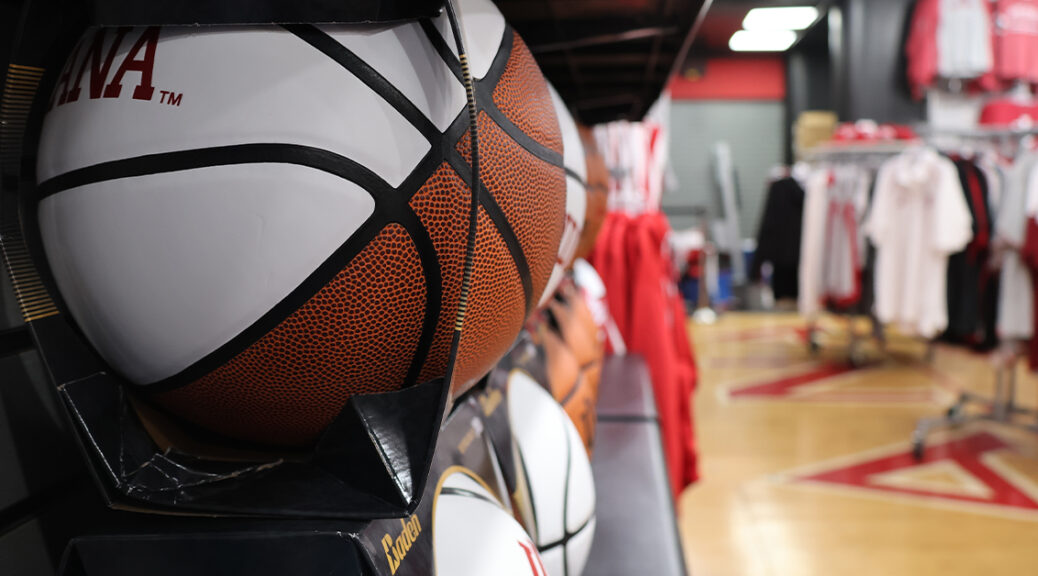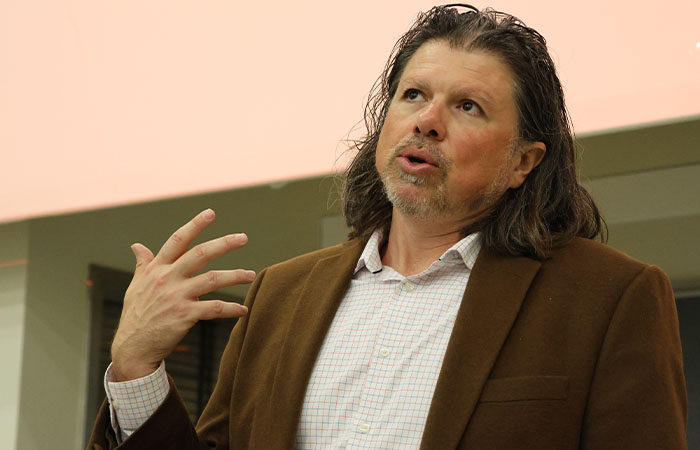
Unequal Paying Fields: Current and Former Collegiate Athletes Discuss NIL
By Caitlin Givand, Aaralyn Mills, Stella Abodeely
BLOOMINGTON, Ind. (November 5, 2024)
College athletics is undergoing major changes following NCAA legislation recently passed. The impact on former and current collegiate athletes with regard to name, image and likeness (NIL) leaves many athletes unfairly compensated.
Over the past few years, the sphere of college athletics has undergone transformations surrounding NIL, sparking debate concerning whether former athletes deserve payment for their contributions to their athletic departments. For example, Skip Mills, a former Ball State basketball player, aided the department in significant growth averaging 18.6 points per game in the 2005-2006 season. However, no financial compensation was awarded to Mills as he was considered an “amateur athlete” during his collegiate career. Some current players with similar, or less impressive statistics are being compensated handsomely for their efforts, which some see as unjust.
Indiana sports media professor Dr. Galen Clavio discusses the impact that a social media presence can have on an athlete’s value both in college and beyond. “Well now, if you’re a female athlete and you have some juice in the marketplace because you have a large social media following, you have the ability to capitalize on that yourself,” Clavio said.

This shift has brought many cases to light in the new era of NIL. Caitlin Clark, was a top recruit coming from the University of Iowa is a good example. Her stats paired with her social media presence allowed her to gain exposure through advertisements. Notably, her campaigns with Nike, Statefarm and Gatorade resulted in large payouts for Clark, something unfathomable for a college athlete years ago. A current senior on the Indiana University rowing team, Phoebe Inall, discusses the competitiveness between athletes and how those with large NIL deals behave. “The ones who are making a lot of money- they think they are so much better than the ones who are not, which is leading to a divide between student-athletes as well,” Inall said.
Even though many see this implementation of NIL strictly as a benefit for student-athletes, a majority of non-revenue sports athletes are facing negative repercussions in this transition. Indiana University senior rowing coxswain Lilly Gintert has experienced this firsthand. “I think that with all the changes that happened too, like Tobias and everything, the ones who are making NIL don’t even care about it because they don’t need to but it is impacting the sports that don’t make as much money,” Gintert said.

At Indiana University, Tobias Nutrition Center (TNC) is the exclusive athlete dining hall located at Memorial Stadium, offering a variety of nutrition options and to-go containers for the typical student-athlete in a rush from practice. In years prior, athletes were able to eat breakfast in TNC for free, giving them the ability to perform better throughout the day with easier access to a satisfying breakfast. However, starting this year, to pay funds to the NCAA for NIL settlements, IU Athletics has started charging student-athletes for meals, with breakfast increasing $10 from before. Due to this, many athletes do not use the nutrition center anymore and struggle to fuel after workouts.
Clavio mentions the importance and urgency of the NCAA passing this significant piece of legislature. “One of the reasons why the NCAA is trying to get this settlement put in the books is they lock out previous potential classes of athletes from being able to sue for lost funds or lost compensation,” Clavio said.
NIL has reshaped the college sports landscape, allowing athletes to profit from their talents unlike before. For athletes like Skip Mills, a former All-MAC Ball State University basketball player from 2003-2006, this opportunity to profit from personal branding was non-existent. “My dad used to tell me, if I could get a hit, he would give me five or ten dollars. Knowing that, if NIL was there when I was in college, it definitely would have made me more motivated,” Mills said.


